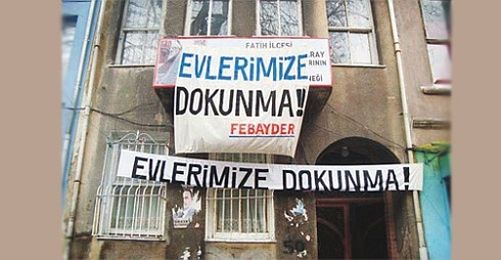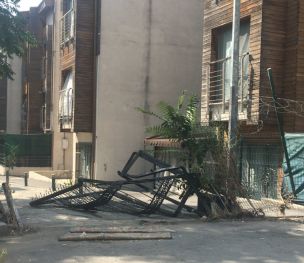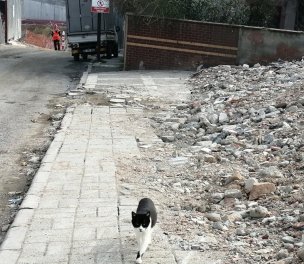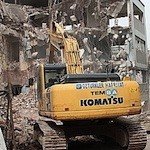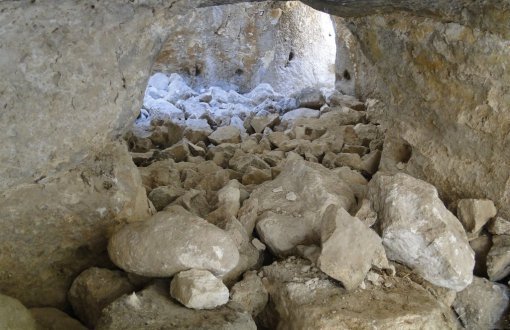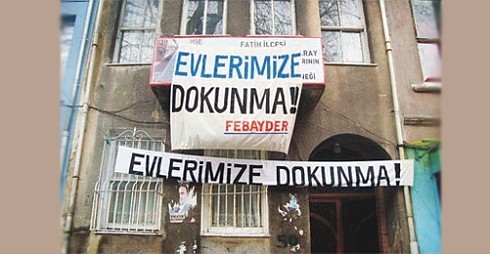
The Fifth Istanbul Administrative court ruled to abrogate the project to demolish the city's contiguous Fener-Balat-Ayvansaray districts as part of the government's "urban transformation" scheme in a landmark suit filed in 2010 by the Fener Balat Ayvansaray (FEBAYDER) Association.
The decision comes in wake of another court verdict to halt the project to "transform" Istanbul's historical Roma district of Sulukule, although that ruling had come too late as developers had already completed most of the project.
The area is part of an urban protection zone as stipulated in the 2863rd Law and lacks a protective development plan, said the court's verdict. Moreover, the government's project to "transform" the area also includes plans to demolish structures officially designated as cultural heritage sites, it added.
Finally, the court said in its verdict that the project had failed to comply with the decisions of the the High Board for the Protection of Cultural and Natural Estates, principles of urban planning, public interest and the body of current law.
"Project ignores neighborhood culture"
The planners have declared the area to be a "great wreckage zone" and proceeded to include certified and architecturally unique buildings within the scope of the project besides worn-out structures, according to the verdict.
The planners have also ignored the regions's historical qualities, the presence of a close-knit social structure dating back to several generations ago and the local neighborhood culture stemming from this, as well as previous work to rehabilitate the present fabric of the area.
"Court saved history just in time"
The decision came in a timely manner and would serve as an example, since the demolition work had not yet started in the Fener-Balat-Ayvansaray districts, according to FEBAYDER's press spokeswoman Çiğdem Şahin.
"The decision in the case of Sulukule was signficiant in that it was the first such decision on this matter, but unfortunately it had come too late. We saw once more the importance of the verdict 'to stay the execution' in such lawsuits," she said.
"The Fener-Balat-Ayvansaray case reached a conclusion before the displacement of the locals, the start of the demolition work and irreversible injustices both with respect to the people living there and the historical and architectural fabric of the area. And the decision came right on time. For that reason, it constitutes a historical decision. The judiciary saved history. This verdict will also serve as a precedent for other historical zones that fall within the scope of the 5366th Law," she added. (NV)





